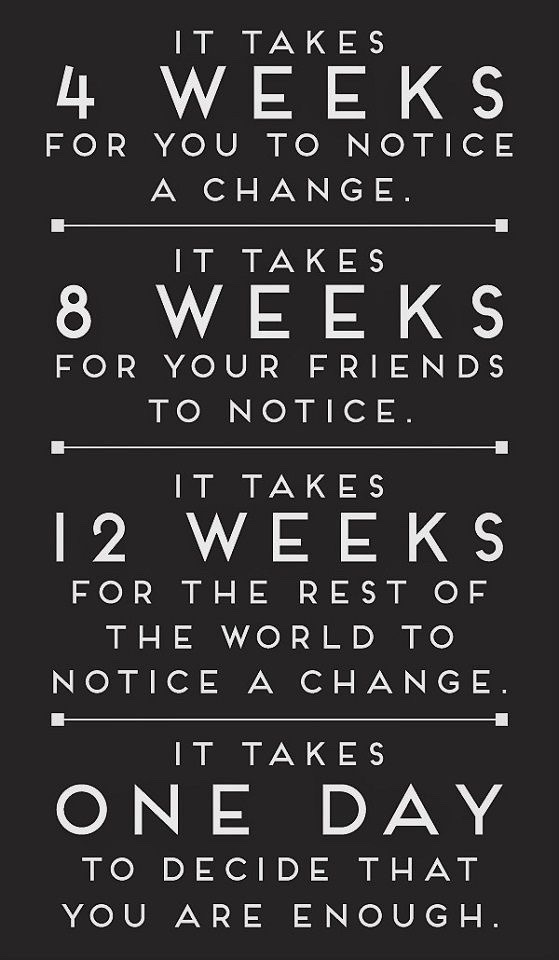#health fitness Weight
Text
The Home Doctor 💊🏥
The Home Doctor - Practical Medicine for Every Household - is a 304 page doctor written and approved guide on how to manage most health situations when help is not on the way.
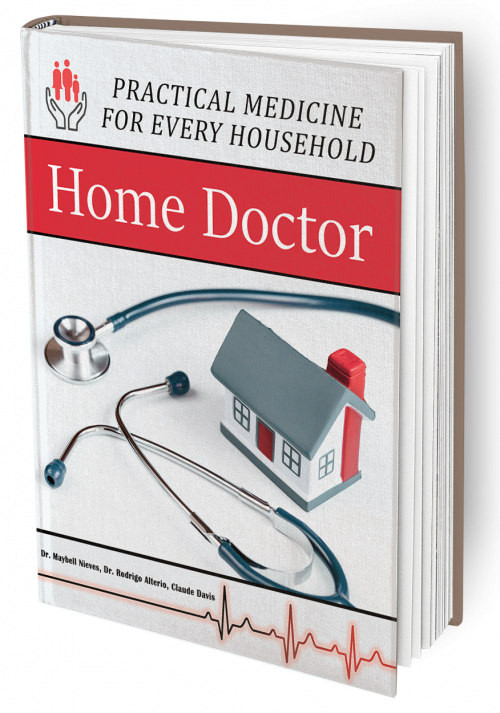
If you want to see what happens when things go south, all you have to do is look at Venezuela: no electricity, no running water, no law, no antibiotics, no painkillers, no anesthetics, no insulin or other important things.
But if you want to find out how you can still manage in a situation like this, you must also look to Venezuela and learn the ingenious ways they developed to cope.
About Dr. Maybell Nieves:
Dr. Maybell Nieves - head surgeon of the Unit of Breast Pathology and general surgeon at Caracas University Hospital in Venezuela, with over 10 years of experience in the operating room. She studied at the prestigious European Institute of Oncology in Milan, Italy.
Dr. Maybell is known for developing new, ingenious methods of treating patients after Venezuela's economy collapsed and hospitals and pharmacies ran out of medicines, supplies, electricity and running water.
The methods she developed and pioneered are now studied and applied in conflict zones all over the world.
Many of these protocols and procedures do not require medical assistance as they are specifically designed to be self-applied. That makes them extremely valuable if the medical system cannot be depended on, like during long term blackouts.
You can find some of these methods below! As you read them, you can easily understand why they are so useful and why every household and family should have them close by. She co-authored the book with Dr Rodrigo Alterio and Claude Davis.
How to Recognize a Heart Attack and What to Do Next
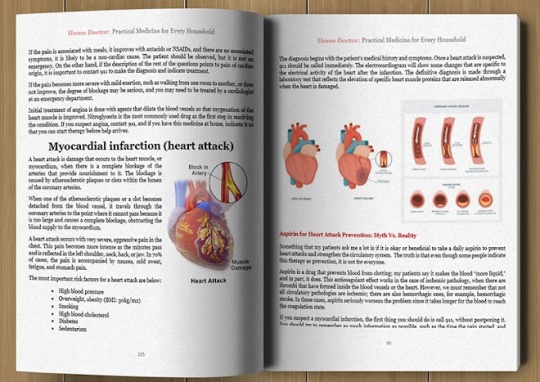
Look at its four distinctive symptoms: first, chest discomfort that feels like uncomfortable pressure, squeezing, fullness, and pain in the middle of your chest that lasts for more than a few minutes.
The second symptom is discomfort or pain in one or both arms and your back, neck, jaw, or stomach. The third symptom is shortness of breath.
The last thing you need to watch out for is breaking out in a cold sweat, nausea, and lightheadedness.
These don’t all come at once, but if you see even one or two, it’s time to call 911.
Another step you can take to improve your chances before the ambulance arrives is to chew on an aspirin and pour a vial of nitroglycerin under your tongue. But you need to have these two items at home beforehand.
،
A Simple “At-Home” Method for the Flu and Other Respiratory Issues
During the flu season, a lot of people end up in the hospital with a high fever, coughing their lungs out.
So one of the things I want to give you is a simple protocol to deal with it at home if going to a hospital is off the tab
What Doctors Do to Keep Their Immunity High
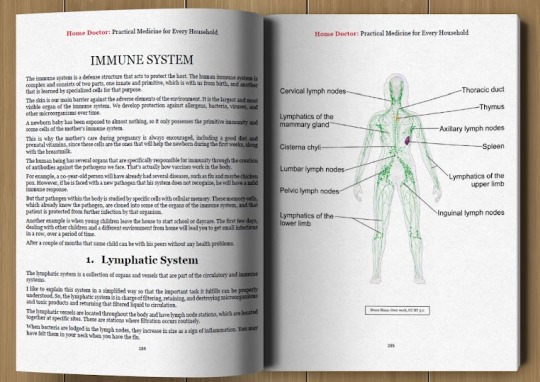
The recipe found inside the Home Doctor aids in keeping a wound from becoming infected and help reduce scarring.
You’ll also discover how to keep your immune system healthy.
You'll learn the things that doctors do to keep their immunity high after they come in close contact with sick people, things that you can also do at home to protect your family.
A Before-Bed Recipe to Sleep Like a Baby Again

You’ll also find out about some of the ingredients that you probably have in your kitchen right now, which, when mixed the right way, can help you fall asleep.
If you are taking sleeping pills from time to time, even melatonin, you should try to replace them with this recipe instead as it’s natural and completely safe.
Are Your Migraines Hiding Something More Serious?
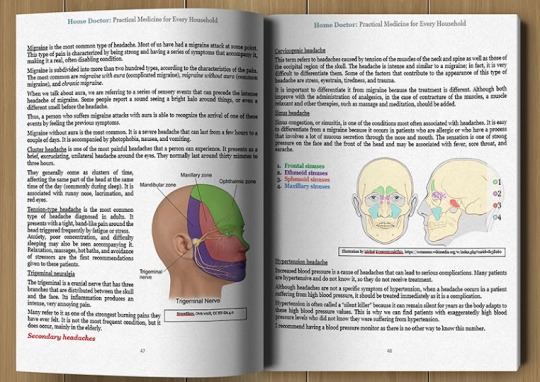
You'll discover which two types of migraines are most common and the simple but essential things you need to do to identify which one you have and how to get rid of it.
Especially if it’s a recurrent one, like once a month, you need to read this chapter. This could also be a sign of something you shouldn't ignore
How to Know What’s Wrong if You’ve Got Abdominal Pain
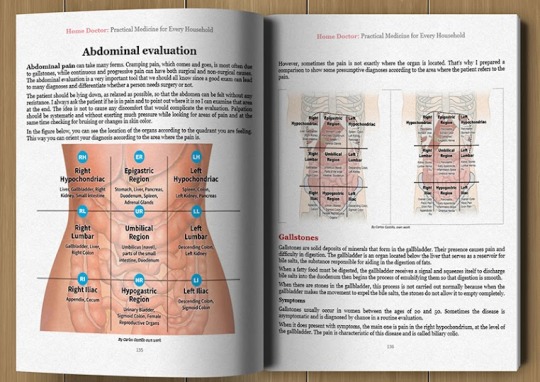
I’ll also show you what to do if you’re experiencing pain in your abdomen. It’s called an abdominal evaluation, and you’ve probably undergone it before when going to a doctor for a check-up.
Inside the Home Doctor, you’ll have a complete diagram with nine sections of the abdomen that, upon palpation, should reveal where the problem is.
The 10 Most Sought-After Bartering Items in Venezuela
I’ll also show you ten non-medical items you must stockpile now. A few months after Venezuela’s economy collapsed, these ten items became VERY precious and they could be traded for almost anything you needed—including medicine. Read More
Buy Now

#health fitness#weight loss#health effects#sex health#the mandalorian#barbie#michael cera#ted lasso#succession#health fitness Weight#fitness
3 notes
·
View notes
Text
For my entire life people have told me I am "naturally athletic". I am not "naturally athletic": I am an asthmatic with historically really poor cardio health and joints that partially dislocate themselves if I put pressure on them slightly weird. What I *am* is naturally tall and slender, even more so when I did absolutely no physical activity and ate very little because my neurodivergent body didn't give me hunger signals, which most people mistake for "naturally athletic".
That's not to say I don't have the potential for athleticism. My mother, who has never been under 250 pounds my entire life, is built of sheer farm girl muscle, has stellar blood pressure and cardio health despite her weight, and could (and has!) bodily haul me and my grown brother around like we weigh nothing. When I was a kid the woman was biking triathlon distances before we were even awake for school. The woman is an ATHLETE, and her whole life she has been obese (and heard from everyone and their dogs that she needs to lose weight).
I'm not sure where I'm going with this long piece of anecdotal evidence, except to say: my whole life I heard I was naturally athletic, until I actually became athletic. Because the thing is, I put on muscle like my mom. It fills out my shoulders and arms and makes me look big, thick, and barrel chested. "Genetically beefy", as my brother puts it. And suddenly I wasn't getting comments about my athleticism anymore. I'm quite literally the healthiest I've ever been. I can run for miles, lift my weight, my balance and heart health are excellent. I'm just bigger now. And not one stranger has a comment about my physique since I got fit. Because I don't look like what they think "naturally athletic" is.
I guess what I'm saying is, maybe don't let your perception of what "athleticism" or "health" LOOKS like color your perception of like. People's actual health.
5K notes
·
View notes
Text

Sweating on Sundays.
#fit#fitness#gym#workout#fitnessmotivation#motivation#bodybuilding#training#health#fitfam#healthylifestyle#lifestyle#gymlife#gymmotivation#healthy#muscle#exercise#gym routine#gym rat#gymfit#gymrat#gymtime#gymspiration#fitblr#fit motivation#fitspo#healthy lifestyle#lift weights#weight lifting#lifting weights
889 notes
·
View notes
Text
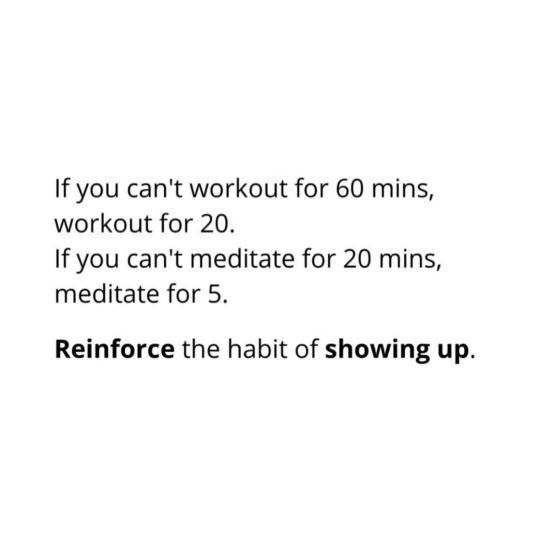
#Health#health journey#fitness#fitness motivation#fitness inspiration#workout#workout inspiration#workout motivation#weight loss#Healthy#healthy living#healthy lifestyle#lifestyle#meditate#meditation
6K notes
·
View notes
Text
how to do a mental diet

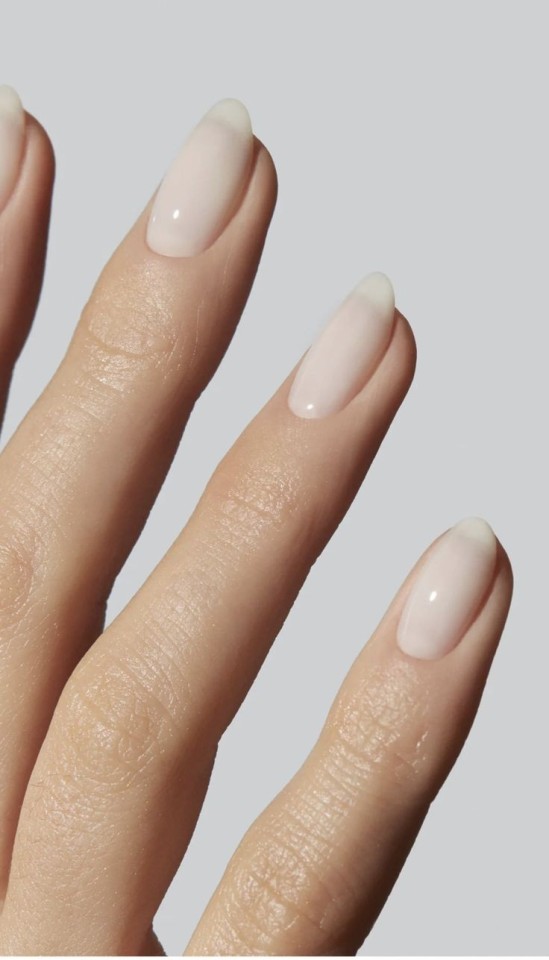

write down your negative thoughts throughout the day, aiming for the date and time and replacing them with good affs
visualize! make a visionboard
have time to develop creativity and fun to keep the mood up
keep your brain active, study something you like, expand your knowledge
follow people who inspire you
watch positive content
by Nancy Loaiza in youtube :)
#self care#pink pilates princess#it girl#wonyoungism#wellness and health#that girl aesthetic#wellness blog#girl things#self love#it girl energy#pinterest girl#girl blogger#vanilla girl#wellness girl#wellnessjourney#mental wellness#beauty and wellness#healthy living#healthy habits#health and fitness#health#health and wellness#clean girl#clean girl aesthetic#dream girl tips#health tips#weight loss tips
663 notes
·
View notes
Text

#weight loss#weight loss journey#fitspiration#health & fitness#healthy eating#motivation#health & wellness
453 notes
·
View notes
Text
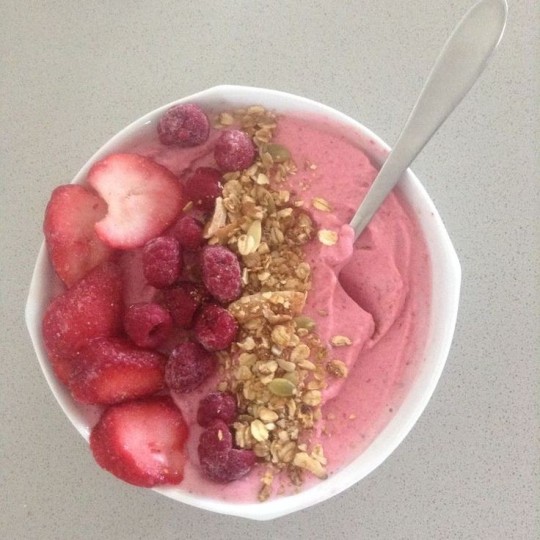
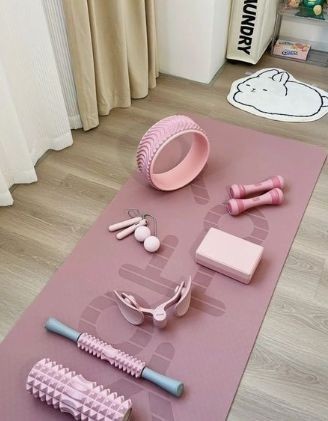





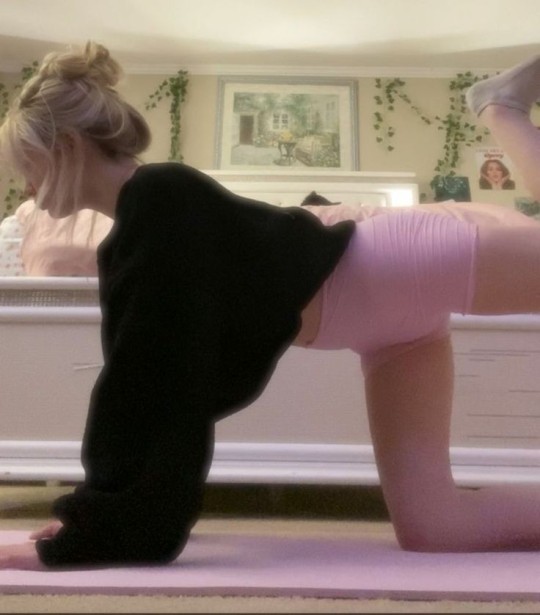

You will reach your goals if you stay consistent 🩷
#health#weight loss diet#wonyoung#wonyoungism#motivation#i wanna lose weight#low cal#fitness#wellness#i wanna be skinnier#skinny#thin#thinspo#foodspo#pink pilates princess#coquette#mealsp0#mealspo#meal$po
781 notes
·
View notes
Text
A detailed look at the physical and neurological impact of prolonged screen exposure



Social media is quietly reprogramming your brain, and the effects are more harmful than you think. The endless stream of content from platforms like TikTok, YouTube, and Instagram is eroding your mental health, weakening your focus, and impacting your physical well-being in ways you may not yet notice.
Neurological Effects
DOPAMINE DYSREGULATION AND BRAIN REWIRING
At the core of social media's addictive power is the brain’s reward system, particularly the neurotransmitter dopamine. Dopamine is responsible for motivating behaviors that lead to rewards, reinforcing actions that give us pleasure. Every time a user receives a like, view, or comment, it triggers a dopamine release, creating a brief feeling of satisfaction and reinforcing the desire to engage more. The problem is that social media platforms are designed to exploit this system by providing a continuous cycle of rewards. This constant stimulation has several neurological consequences:
1. Dopamine desensitization and addiction
With frequent social media use, the brain begins to expect regular dopamine spikes. Over time, it becomes desensitized to lower levels of dopamine, which means users need increasingly larger amounts of stimulation to feel the same level of pleasure. This is the same process seen in substance addiction, where overexposure to a drug alters brain chemistry, leading to cravings and compulsive use.
A study published in the journal Behavioral Brain Research (2019) found that excessive use of digital devices, including social media, leads to a reduction in dopamine receptor sensitivity. This results in users experiencing anhedonia, or the inability to feel pleasure from activities that would normally be enjoyable, such as face-to-face interactions or hobbies. The compulsive use of social media thus becomes a form of behavioral addiction that mimics the same pathways as drug addiction.
2. Reduced gray matter in key brain areas
Excessive use of social media also affects the brain structurally. Research indicates that prolonged social media engagement can lead to a reduction in gray matter in areas associated with emotional regulation, decision-making, and impulse control. A 2018 study published in the journal NeuroImage revealed that individuals who spend an excessive amount of time on their smartphones had reduced gray matter in the anterior cingulate cortex (ACC) and the prefrontal cortex (PFC). These brain regions are critical for functions such as attention, emotion regulation, and impulse control.
Over time, this shrinkage can impair one’s ability to concentrate, control impulses, and make decisions, making it harder to disengage from the social media feedback loop. This contributes to attention-deficit symptoms and may even lead to cognitive impairments in the long term.
3. Fragmented attention and reduced memory consolidation
The rapid-fire nature of short-form content, such as YouTube Shorts and TikTok videos, conditions the brain to expect fast, high-intensity stimulation. This can lead to fragmented attention, where the brain becomes accustomed to quickly switching between tasks or pieces of information. A 2020 study published in the journal Nature Communications found that frequent multitasking, such as switching between apps or scrolling through social media, reduces the brain's ability to focus on a single task for an extended period. This weakens the brain's capacity for deep work, which requires sustained attention and focus over long periods.
Moreover, constant switching between stimuli interferes with memory consolidation, the process by which short-term memories are converted into long-term memories. The hippocampus, the brain region responsible for memory, is less active during multitasking, meaning that people who constantly engage with social media may find it harder to remember information or retain knowledge over time.
Physical Effects
EYE STRAIN, SLEEP DISRUPTION, AND MUSCULOSKELETAL ISSUES
1. Digital eye strain and blue light exposure
Physically, prolonged social media use on screens can lead to Digital Eye Strain (DES), also known as Computer Vision Syndrome (CVS). This condition results from focusing on a digital screen for extended periods, causing symptoms such as dry eyes, blurred vision, headaches, and difficulty focusing. According to the American Optometric Association, more than 50% of computer users experience symptoms of DES. The problem is exacerbated by the blue light emitted from screens, which can penetrate deep into the eye and cause damage to the retina over time.
Blue light also suppresses the production of melatonin, the hormone responsible for regulating the sleep-wake cycle. Exposure to blue light during the evening can disrupt the body's circadian rhythm, making it harder to fall asleep and leading to poor sleep quality. A study published in the journal Sleep Medicine (2019) found that individuals exposed to blue light for just two hours before bed experienced reduced sleep duration and lower-quality sleep, with significant impairments in cognitive functioning the following day.
2. "Text Neck" and musculoskeletal problems
Constant smartphone use also impacts posture and musculoskeletal health. The repetitive motion of looking down at a phone for long periods places significant strain on the neck and upper back, leading to a condition known as text neck. In this position, the head tilts forward, which increases the load on the cervical spine. A 2014 study in Surgical Technology International found that tilting the head forward by just 45 degrees places the equivalent of 22 kilograms of pressure on the neck. Over time, this can lead to chronic neck pain, herniated discs, and other degenerative spinal conditions.
Additionally, prolonged periods of sitting while using digital devices contribute to sedentary behavior, which is linked to an increased risk of obesity, cardiovascular disease, and type 2 diabetes. A study published in The Lancet (2015) concluded that sitting for more than 8 hours per day is associated with a 90% increase in the risk of death from cardiovascular diseases.
Recommendations for Healthy Screen Time
Limiting phone use to a maximum of two hours a day offers numerous benefits for both your mind and body. First, it helps improve sleep quality by reducing blue light exposure, which allows your natural melatonin production to regulate your sleep cycle properly. This leads to deeper, more restful sleep and improved energy levels throughout the day.
Mentally, staying under the two-hour mark preserves your focus and cognitive function by preventing the brain from becoming dependent on constant, fragmented bursts of information. It encourages longer attention spans and better memory retention. Emotionally, reducing phone time lowers the risk of anxiety and depression by minimizing social comparison and the pressures of being constantly connected.
Other tips
1. Practice the 20-20-20 rule: Every 20 minutes, take a 20-second break and look at something 20 feet away to reduce eye strain.
2. Set time limits: Use smartphone apps or built-in screen time trackers to limit your usage of social media.
3. Blue Light Filters: Activate night mode on your devices or use apps that reduce blue light exposure, especially during the evening.
4. Posture Awareness: Keep screens at eye level to prevent text neck, and use ergonomic chairs to support your back.
5. Digital detox: Regularly schedule periods of no screen time, such as during meals or weekends.
[photos from Pinterest]
#it girl#that girl#clean girl#hyper feminine#becoming that girl#glow up tips#healthy girl#pink pilates girl#this is what makes us girls#weight loss#digital detox#detox#detoxification#that girl tips#that girl aesthetic#that girl moodboard#mental health#wellness girl#wellness and health#wellness blog#health and wellness#study tips#fitness tips#health tips#beauty tips#tips#dream girl tips#girlhood#farm girl#girlblog aesthetic
202 notes
·
View notes
Text
Reblog this if you're a fitblr, healthblr, runblr, health or fitness blog in 2024. I'm trying to max out my dash with healthy and inspiring stuff and I always need more people to follow
#fitblr#personal fitblr#exercise#plus size fitblr#workout#inspo#fitspo#motivation#fitness journey#fitness motivation#fitness blog#health#health and fitness#inspiration#yoga#runblr#healthblr#healthy#healthy diet#healthy eating#weight loss#weigh in#health and wellness#thoughts#self improvement#gym selfie#gym rat#gym#gym motivation#gym life
160 notes
·
View notes
Text

Quad Damn
#Esme Diaz#Quads#Leg Day#Bodybuilder#Muscular#Thick Thighs#Baddie#Latina#Athletic#Fitness#Fit#Girls that Lift#Girls with Muscle#FBB#Muscle#Gym#Workout#Pretty#Brunette#Happy#Health#Weight Loss#Athlete
207 notes
·
View notes
Text

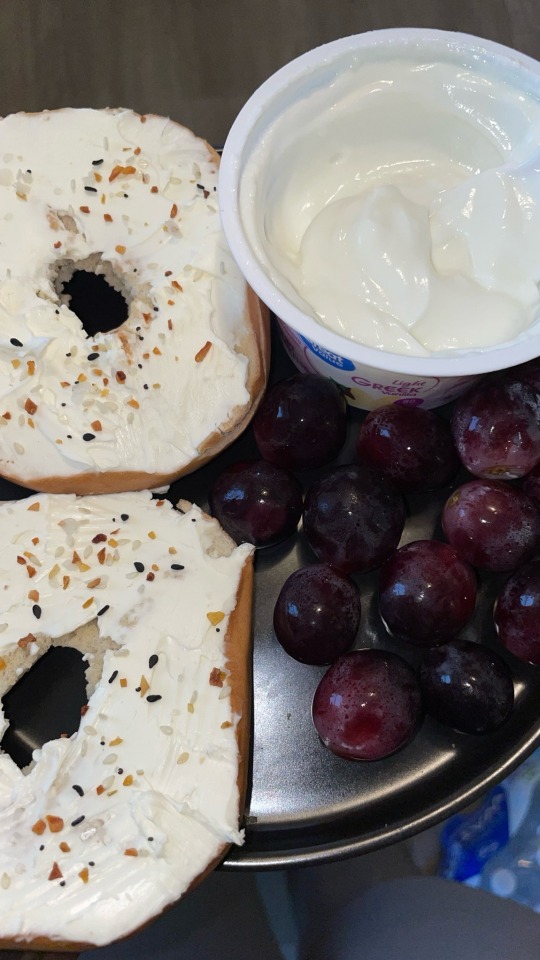


#health is wealth#healthy girl#fitblr#gym babe#black girl fitness#fit black women#gym bunny#fit black girls#green juice girl#that girl#clean girl aesthetic#clean girl#it girl#self care#soft life#self love#self development#self healing#weightloss progress#weight loss transformation#weight loss#fit woman#black woman femininity#black women in luxury#black women in leisure#feminine black women#luxury black women#soft black women#girl blogger#black girl aesthetic
287 notes
·
View notes
Text

The time will pass anyway.
#fitness#health#healthy#getting fit#fitspo#fitspiration#start now#workout#working out#exercise#healthy lifestyle#healthy weight loss#healthy weight management#fitblr#fitness quotes#motivation#motivating quotes#get motivated#getting healthy#get healthy#get fit
213 notes
·
View notes
Text

Strength does not come from the physical capacity. It comes from an indomitable will.
#fitness#fit#fitfam#fitnessmotivation#fitlife#fitness motivation#fitblr#fitspo#gym#gymfit#gym routine#gym rat#gym motivation#gymlife#gymmotivation#gym body#gymrat#lift weights#lifting weights#weight lifting#exercise#workout#train#muscle#motivation#lifestyle#health#healthy#bodybuilding#healthylifestyle
466 notes
·
View notes
Text

#food#health#quotes#eating#diet#healthy#healthylifestyle#fitness#nutrition#weight loss#breakfast#cooking#dinner#health quotes#quote#quoteoftheday#life quote#words#inspiration#inspiring quotes#inspo#inspiring words#weight loss motivation#motivation#motivating quotes#get motivated#lifestyle#change#healing#growth
68 notes
·
View notes
Text
What’s really in our food?
Recently, many people have been checking the ingredient lists of our food to determine if it is ultra-processed. We are able to see strange sounding ingredients on the back, but what exactly do they do to our food?
Let’s examine a proclaimed ‘healthy’ food, a gluten free KIND bar. Its ingredients include;
tapioca syrup, produced from tapioca starch that is used as a thickener, sweetener, and stabiliser. It has been linked to causing fatty liver disease.
vegetable glycerin, a sugar alcohol that is a byproduct of the soap and biodiesel industry. It can lead to nausea and diarrhoea.
palm kernel oil, made by the bleaching, deodorising and neutralising of crude palm oil. It increases levels of bad cholesterol.
Keep in mind that these effects are shown when the ingredients are eaten in excess, however 60%-90% of the average American diet are full of these foods (that are ultra processed). Learn your ingredients!
Sources;
Dr. Chris van Tulleken
Learn - the whole truth. (n.d.). The Whole Truth Foods. https://thewholetruthfoods.com/learn
#nutrition#health & fitness#fitblr#food#culinary#science#ultra processed foods#glow up#self care#self improvement#whole foods#health and wellness#health is wealth#green juice girl#wellnessjourney#keto#keto diet#healthy eating#weight loss#diets#fitness#clean girl#cleaneating#it girl#that girl#self help#healing#healthylifestyle#girlblogging#girlhood
76 notes
·
View notes
